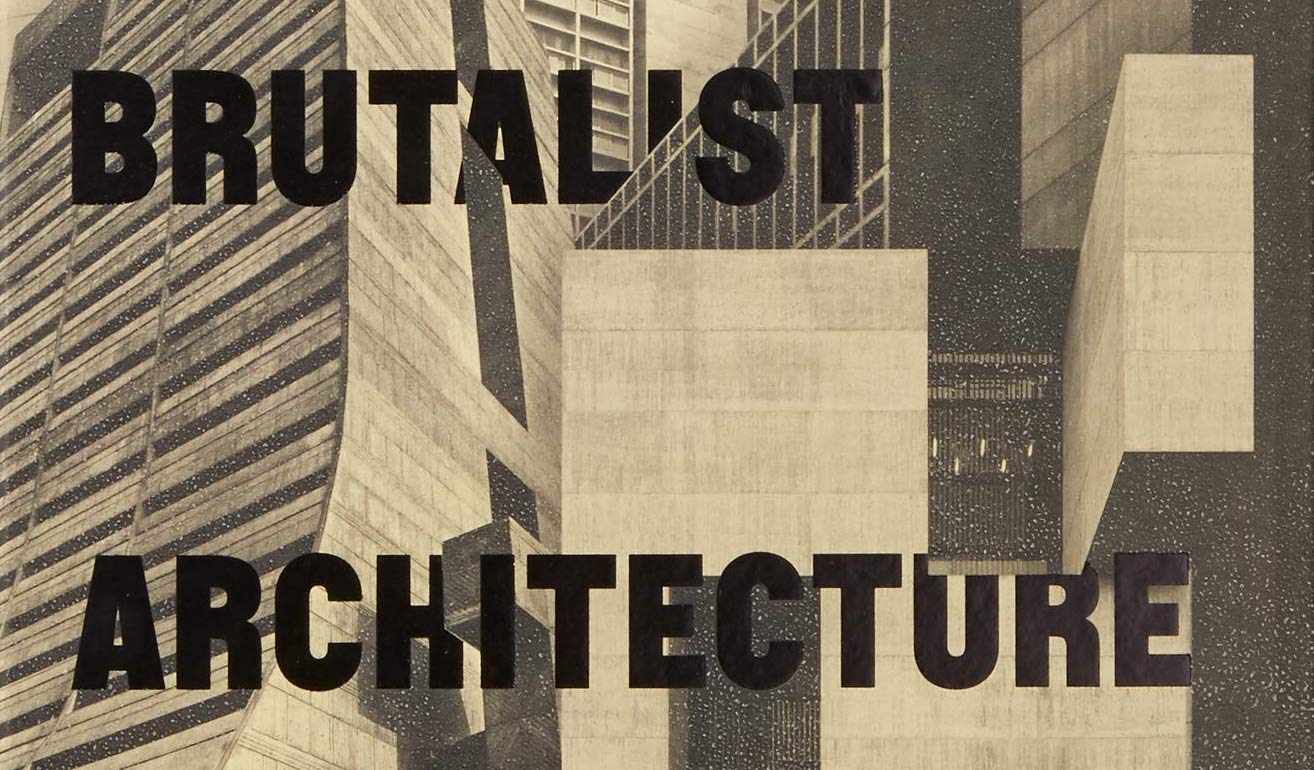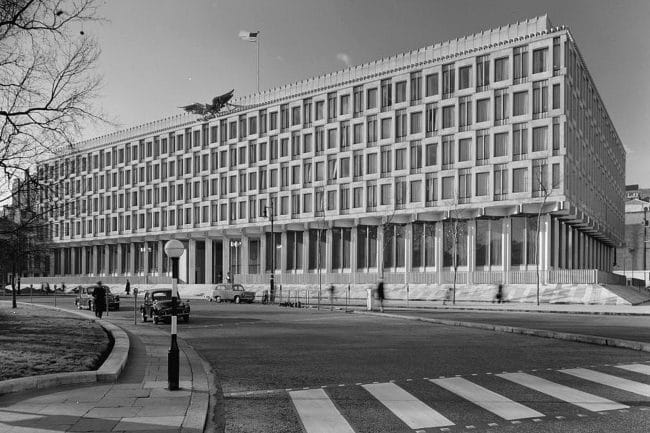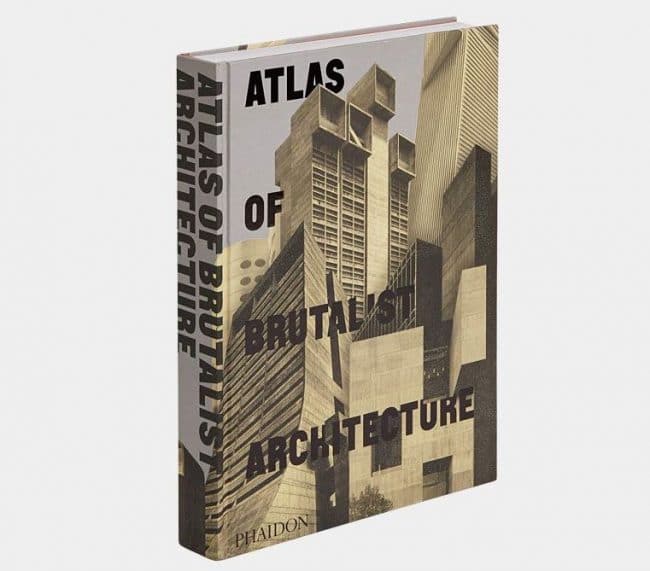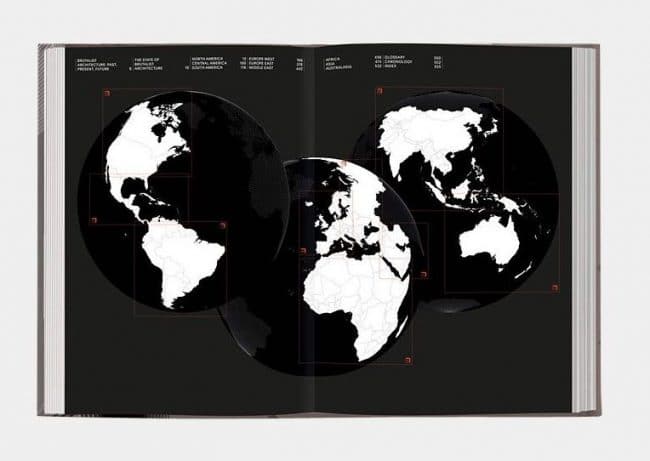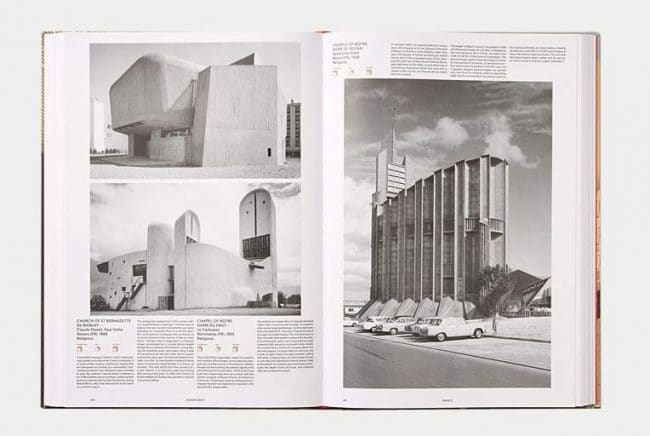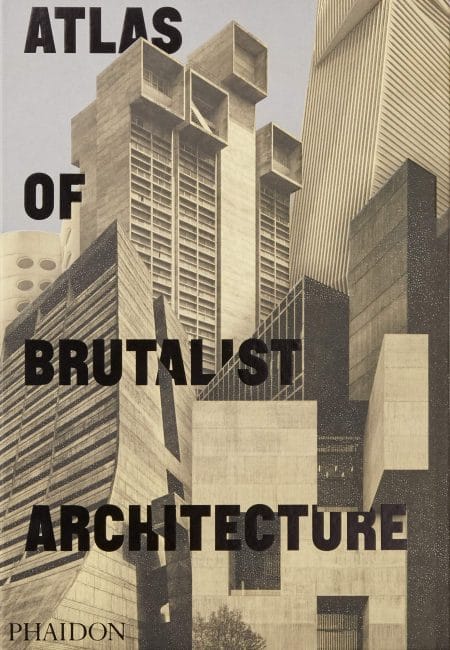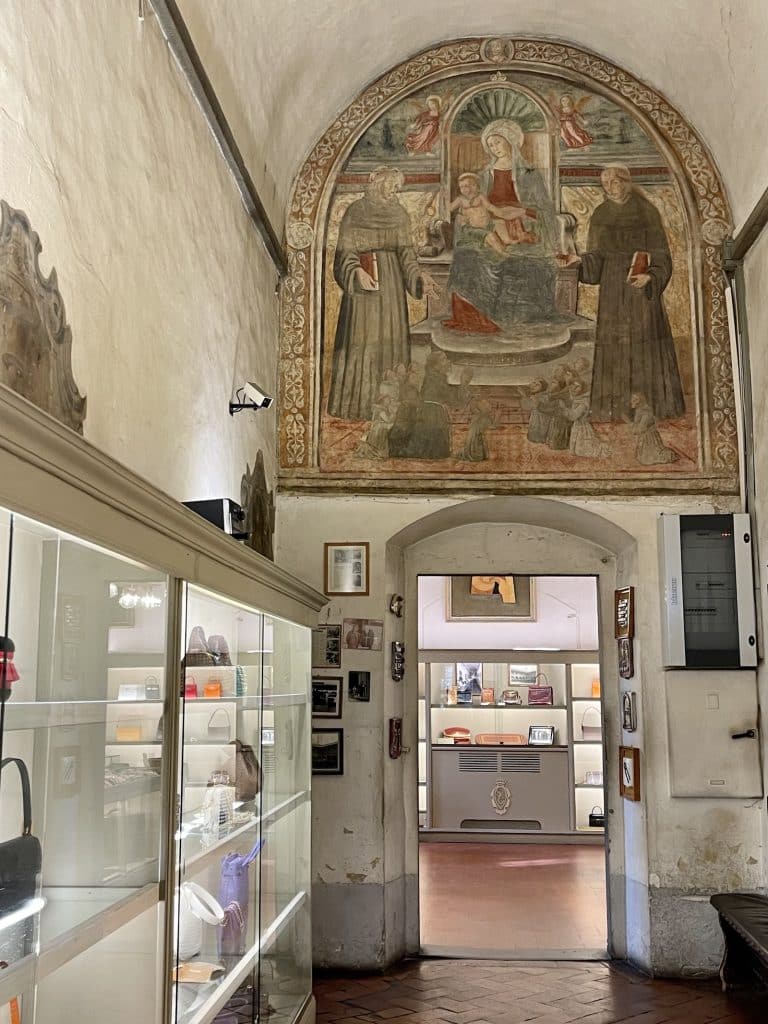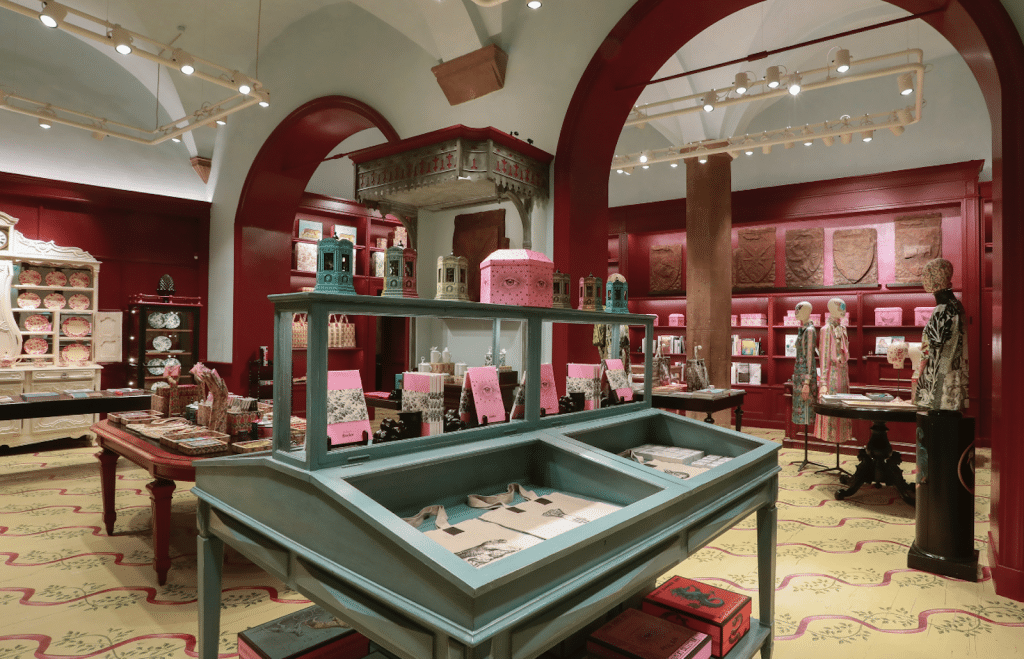For the launch of the Atlas of Brutalist Architecture , a spectacular new publication from Phaidon, we were kindly invited on a tour of some of London’s major Brutalist landmarks. Starting at the Barbican on the Southbank and proceeding via a series of impressive landmarks like Centre Point and The London College of Physicians it was pointed out by our insightful guide that much contemporary architecture, almost inevitably, runs through a love/hate/love cycle.
Brutalism is an architecture that has perhaps suffered more, on this roller coaster of critical opinion, than many others. Surely most styles have never been quite so universally hated? Was it this passionately deep dislike from many quarters that has also ultimately pushed others to an equally heart-felt passion?
It seems to be only in the last decade or so that there has been a largely universal recognition of the quality and values of Brutalism as a unique style that is worth preserving and enjoying. A cautionary word that the task is not yet complete is provided by the book’s list of properties scheduled for demolition – of which appallingly half are in the UK.
In this context is is perhaps remarkable that so much great Brutalist architecture has still survived but it is also necessary to recognise the great buildings that have not. Phaidon’s Atlas of Brutalist Architecture features all of them – lost or otherwise and is undoubtedly the most complete and wide-ranging survey of this still controversial movement.
Proving that the style was truly international, the Atlas of Brutalist Architecture records 850 buildings from more than 100 countries and these are organised in to nine continental regions. Each building is illustrated with black and white (what else?) images, succinctly described and categorised by use (used/abandoned), status (listed listed or scheduled for demolition) and condition.
Within this list not only contains a who’s who of twentieth century architecture – masters like: Marcel Breuer, Le Corbusier, Carlo Scarpa, Ernö Goldfinger, Frank Lloyd Wright, Louis Kahn and Oscar Niemeyer – but also those lesser known or simply galvanised by the style.
Interestingly, for a movement that many would allocate to a specific period now past the authors argue that the origins of Brutalism lie much earlier that the traditionally accepted period from 1950 to mid 1970’s and feature for example Erich Mendelsohn’s Hat Factory in Germany built in 1923.
Similarly, the conventional end date of the mid 1970’s has been considerably extended, helped along by the widespread international use of structural concrete. Architects like Herzog & de Meuron with the Signal Box in Basle, Switzerland from 1994 and Stephen Hall at M.I.T in 2002 show that inspiration gained from the movement has continued up to the present day, and undoubtedly will continue and evolve in the future.
Phaidon must be praised for their commitment with Atlas of Brutalist Architecture – a substantial book which in style, size and weight is also deliberately evocative of a Brutalist object. As they headline the book on their website: Big. Bold. Brutal. The cover is both embossed and roughly textured, bold black lettering emerges from a montage of iconic Brutalist buildings whilst the spine text too large and proud to be confined, wraps itself round on to the covers.
The Atlas of Brutalist Architecture not only successfully records Brutalism as a movement, but expands its scope, develops our understanding and inspires further evaluation. A definite must for any architecture or concrete-lovers (well built) coffee table.
To purchase visit Atlas of Brutalist Architecture
For our carefully curated recommendations for Art, Culture, Design and Architecture books visit the CELLOPHANELAND* bookstore
SPECIFICATIONS:
Format: Hardback
Size: 340 x 240 mm (13 3/8 x 9 1/2 in)
Pages: 560 pp
Illustrations: 1000 illustrations
ISBN: 9780714875668




